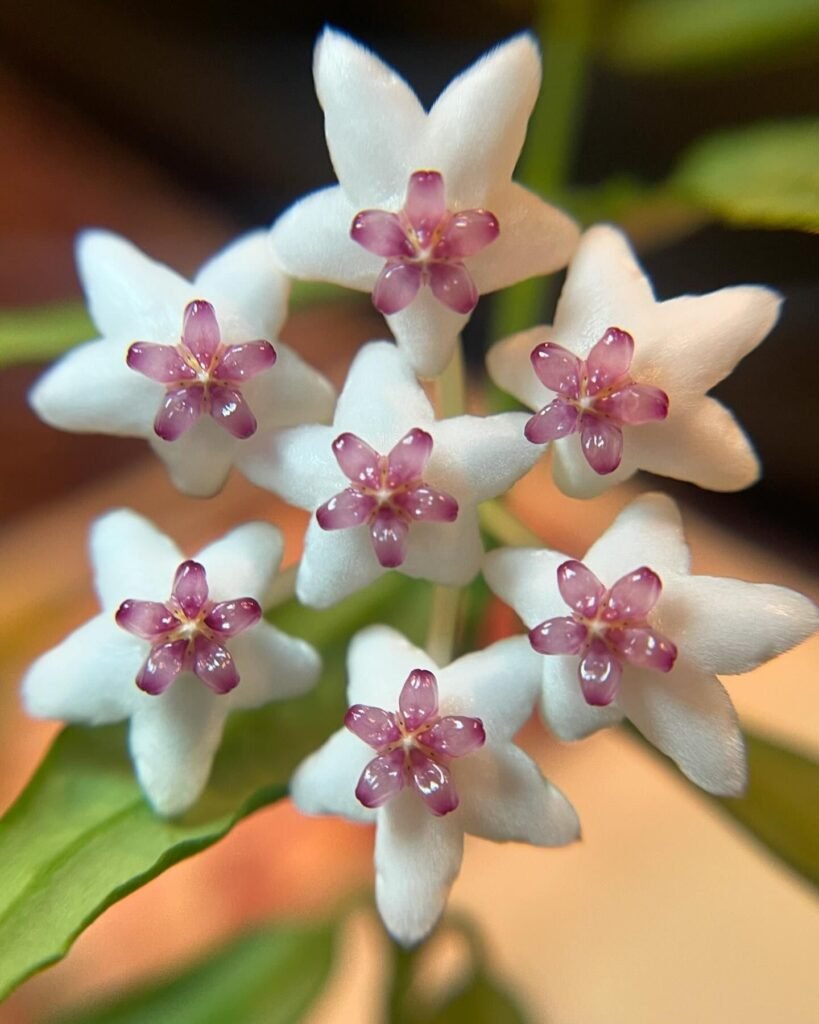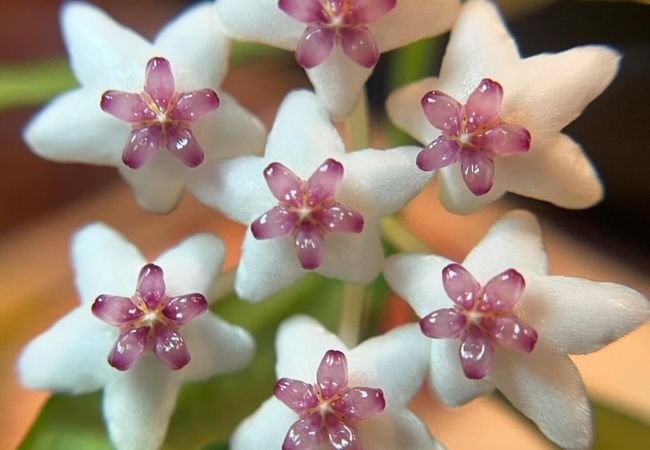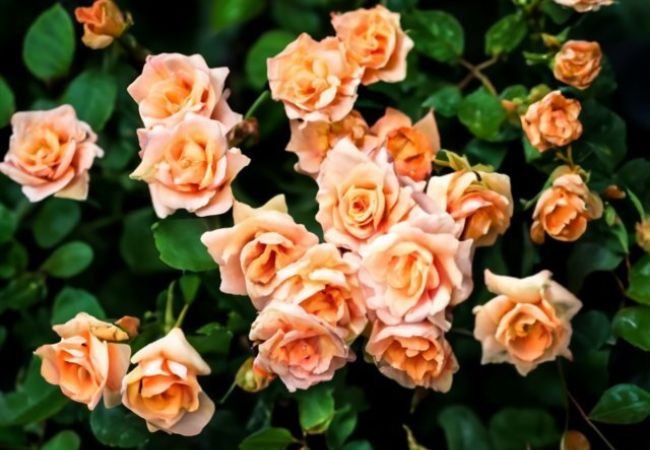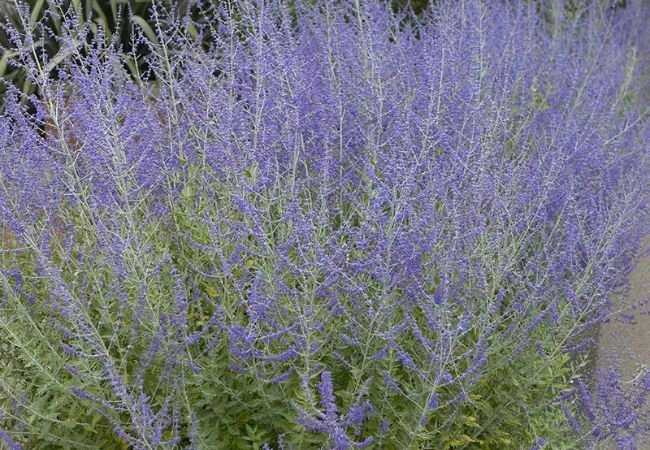Learn how to grow and care for the charming Hoya bella, also known as the miniature wax plant. Discover essential tips for cultivation, propagation and troubleshooting common issues.
The Hoya bella, affectionately known as the beautiful wax plant or miniature wax plant, is a delightful compact houseplant prized for its dainty flowers and manageable size. Native to Southeast Asia, this epiphytic plant has captured the hearts of plant enthusiasts worldwide with its cascading growth habit and sweet-scented blooms.
About Hoya Bella

Characteristics:
- Scientific name: Hoya lanceolata ssp. bella
- Small, waxy leaves
- Clusters of star-shaped white flowers with pink centers
- Sweet, honey-like fragrance
- Trailing or hanging growth habit
Growing Conditions
Light Requirements
Hoya bella thrives in:
- Bright, indirect light
- Some direct morning sun is beneficial
- Protect from harsh afternoon sun
Temperature and Humidity
These plants prefer:
- Temperatures between 60-80°F (15-27°C)
- High humidity levels (50% or higher)
- Protection from cold drafts
Soil Requirements
Use a well-draining potting mix:
- Equal parts orchid bark, perlite, and quality potting soil
- Alternatively, use specialized epiphytic plant mixes
Watering Your Hoya Bella
Proper watering is crucial for success:
- Allow top inch of soil to dry between waterings
- Water less frequently in winter
- Avoid overwatering to prevent root rot
Tips for proper watering:
- Check soil moisture with your finger
- Use well-draining pots
- Empty drainage tray after watering
Fertilizing Schedule
Feed your Hoya bella:
- Monthly during growing season (spring and summer)
- Use balanced, water-soluble fertilizer
- Dilute to half-strength
- Stop fertilizing in fall and winter
Pruning and Maintenance
Regular Care:
- Remove dead or yellowing leaves
- Wipe leaves gently to remove dust
- Trim after flowering if needed
Supporting Growth:
- Provide trellis or hanging basket
- Guide vines as they grow
Propagation Methods
Hoya bella can be propagated through:
- Stem Cuttings:
- Take 4-6 inch cuttings with leaves
- Remove lower leaves
- Root in water or moist potting mix
- Layering:
- Pin a stem to soil while attached to parent plant
- Wait for roots to develop
Common Problems and Solutions
Pest Issues:
- Mealybugs
- Spider mites
- Scale insects
Solutions:
- Neem oil spray
- Insecticidal soap
- Regular inspection
Disease Issues:
- Root rot
- Leaf spot
- Sooty mold
Prevention:
- Proper watering
- Good air circulation
- Clean growing conditions
Blooming Tips
To encourage flowering:
- Provide bright, indirect light
- Maintain consistent temperatures
- Allow plant to become slightly root-bound
- Don’t move the plant when buds are forming
Decorating with Hoya Bella
Ideas for displaying:
- Hanging baskets
- Shelf displays
- Terrariums
- Living walls
Perfect companions:
- Other Hoya varieties
- Orchids
- Air plants
Seasonal Care
Spring and Summer:
- Increase watering
- Start fertilizing
- Monitor for new growth
Fall and Winter:
- Reduce watering
- Stop fertilizing
- Protect from cold drafts
Troubleshooting Common Issues
Yellow Leaves:
- Cause: Overwatering or poor drainage
- Solution: Adjust watering routine, check soil
No Blooms:
- Cause: Insufficient light or immaturity
- Solution: Increase light, be patient
Dropping Buds:
- Cause: Environmental stress or movement
- Solution: Maintain stable conditions
Health Benefits
Indoor plants like Hoya bella can:
- Improve air quality
- Reduce stress levels
- Enhance mood and productivity
The Hoya bella is a delightful, compact plant that brings both beauty and fragrance to your indoor space. With proper care and attention to its needs, this charming wax plant will reward you with its dainty blooms and graceful growth habit. Whether you’re a seasoned plant parent or new to the world of Hoyas, the bella variety is sure to capture your heart with its understated elegance and sweet perfume.
Remember, patience is key when growing Hoya bella. These plants take time to mature and bloom, but the wait is well worth it when you’re greeted by clusters of star-shaped flowers and their honey-like fragrance. Happy growing!
For more gardening tips and plant care guides, visit usagardenhub.com.







One comment on “Hoya Bella : The Beautiful Wax Plant Care Guide”